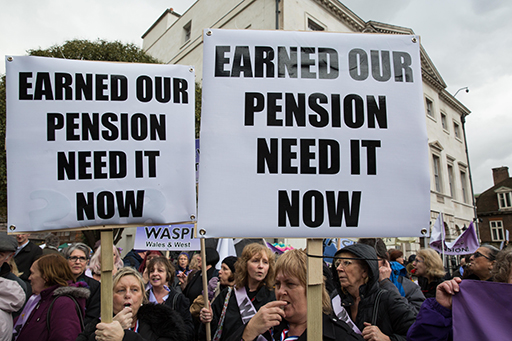2 State pensions
Limited state retirement pensions were first paid in the UK in 1908. These were improved in the 1946 National Insurance Act which brought in flat-rate universal state pensions (with effect from 1948).
While various developments in state pensions have taken place since then, one aspect of policy has been to limit public expenditure on state pensions, given that they constitute the largest single item of government expenditure.
The UK government plans staged rises in the age at which people can receive their state pension, to reach 67 years in 2028 and 68 years in the mid-2030s, with further increases likely. One aim of these moves is that, on average, no more than a third of adult life should be spent in retirement. So, the longer the population lives on average, the higher will be the state pension age.
There are two state pension schemes in place in the UK. The ‘old’ scheme for those who reached state pension age before April 2016 and the new, so-called ‘flat-rate’, pension scheme for those reaching state pension age from April 2016 onwards.
The old scheme (pre-April 2016)
The ‘old’ scheme has two parts:
- The basic state pension which is paid at a flat rate (in 2020/21, £134.25 per week for a single person). Those not entitled to the old (‘basic’) state pension, or who are entitled to less than the full amount, may get a top-up of up to £80.45 per week subject to their spouse’s or civil partner’s National Insurance Contributions record.
- The additional state pension (or second state pension). This is restricted mainly to employees. It was first introduced in 1978, when it was called the State Earnings Related Pension Scheme (SERPS).
The new scheme (from April 2016)
From April 2016, for those reaching the state pension age (SPA) the state basic and additional pensions have both been replaced by a single flat-rate pension (in 2020/21, £175.20 per week for a single person). As explained below, the new state pension is not really ‘flat-rate’ since not everone will receive the full amount.
This is because entitlement to the state pension depends on paying, or being credited with, National Insurance Contributions (NICs) paid by employees and the self-employed during working life. Credits are given for certain periods out of work, such as being ill, unemployed or caring for children.
Many people have been ‘contracted out’ of the state additional pension, which means that this part of their state pension has been replaced by a workplace or personal pension scheme in return for reduced or refunded National Insurance Contributions. This reduces the amount of state pension they are entitled to.
People who reached state pension age before 6 April 2010 needed to have National Insurance Contributions (NICs) covering roughly nine-tenths of their working life to get the full ‘old’ basic state pension. This was subsequently changed to a 30-year contribution record.
For the ‘new’ state pension the required contribution record for the full amount is 35 years. You get a reduced pension if you have a shorter record of paying NICs. You also need a minimum of 10 years of contributions to get any state pension.
From 2011, the state basic pension has increased each year with the higher of either earnings inflation, price inflation or 2.5%. Provided this policy, known as the ‘triple-lock’, is retained – and there is some doubt about this – the basic pension should retain its value relative to earnings or even rise a little faster.
One choice those approaching state pension age have is to defer the date at which they start to receive the pension. For every nine weeks of deferral the amount of state pension paid rises by 1%. This may be an attractive option for those planning to carry on working beyond their state pension age.

